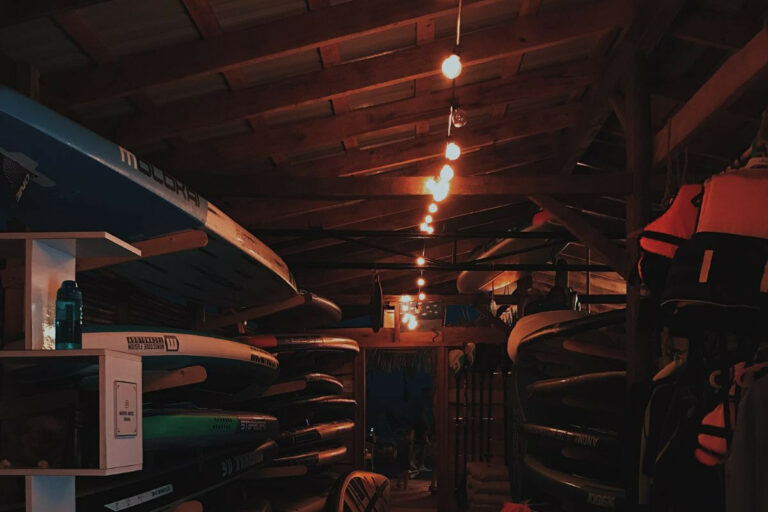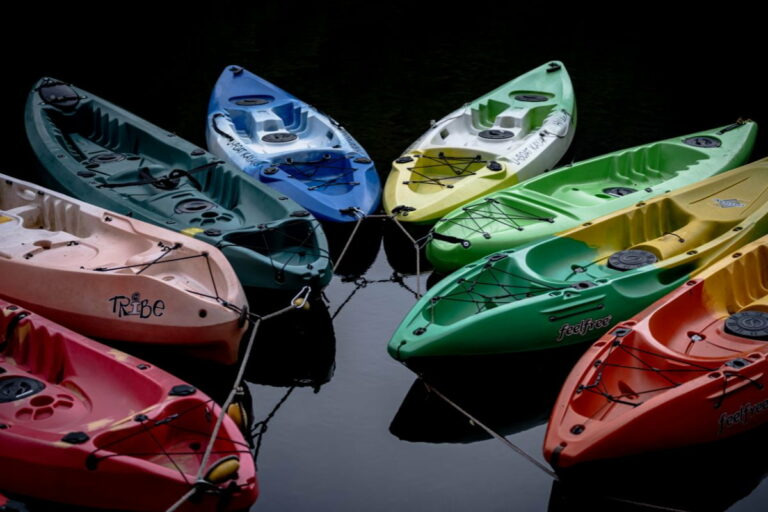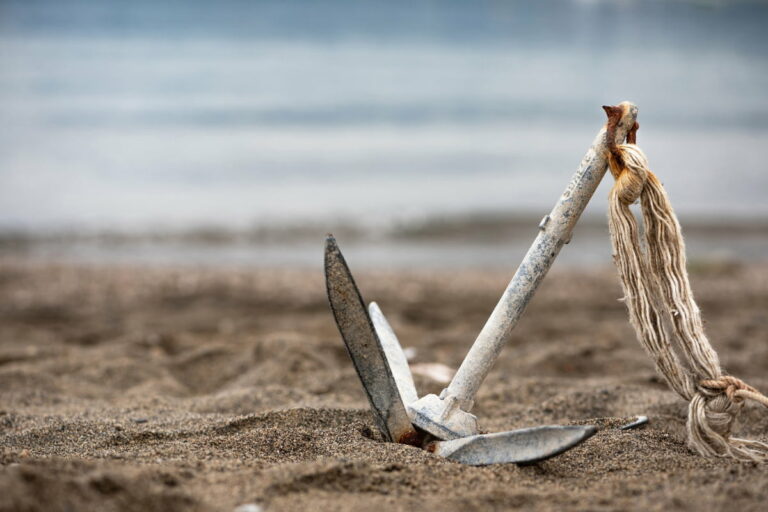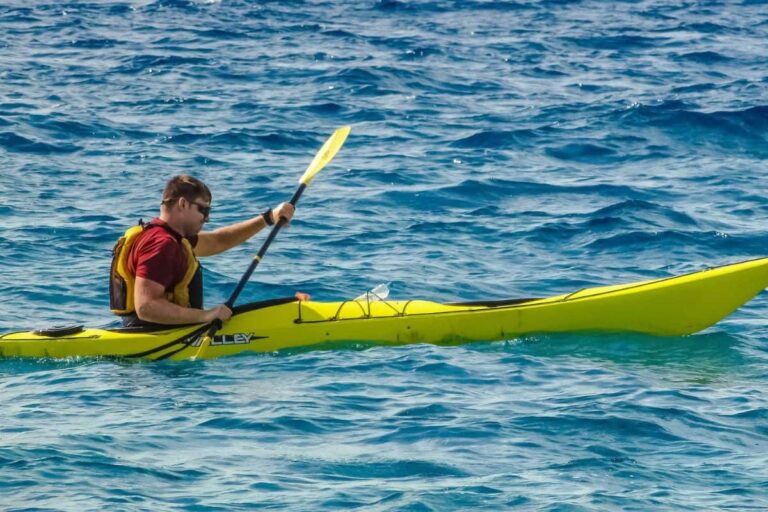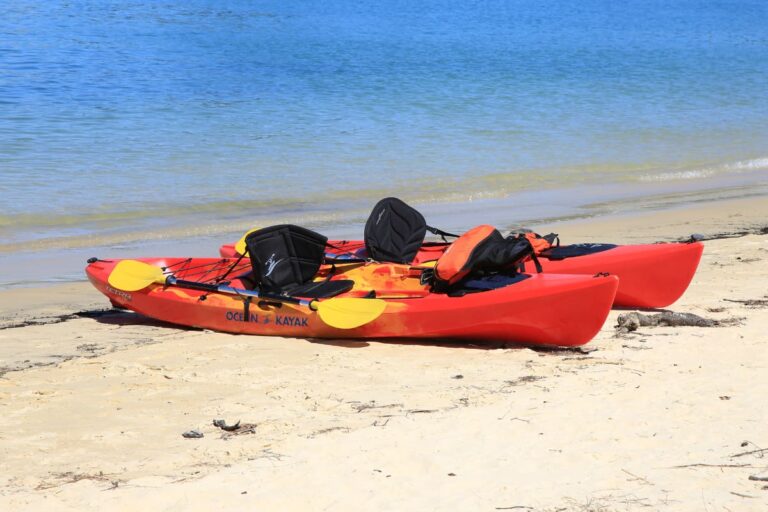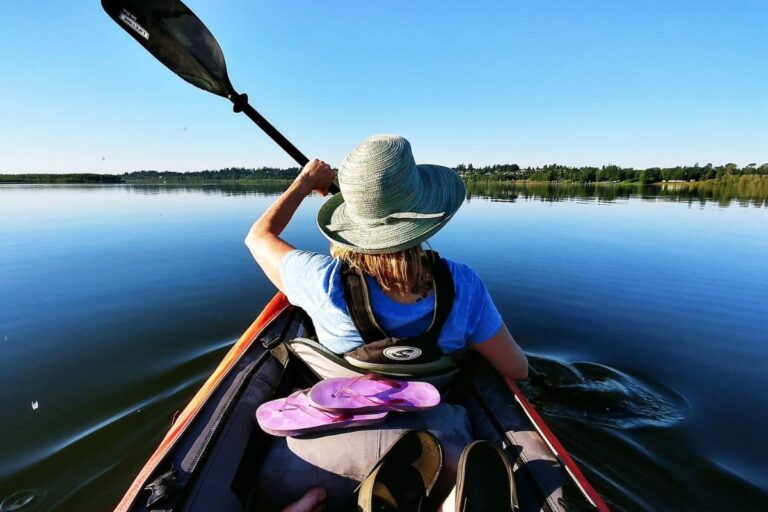The Definitive Guide to Different Types of Kayaks
If you’re new to the world of kayaking, you’ll need to figure out which type of kayak is suitable for your needs.
It’s important to familiarize yourself with the different types of kayaks, and how different kayak features can meet your particular kayaking needs. Kayaks come in a variety of sizes, and suit different purposes depending on each person’s skill level and desired use.
The first thing you need to consider is what stage of kayaking you’re at. Then you need to think about which features will give you the leverage you desire for the activity.
Flat Water Kayaking Vs. Whitewater Kayaking
Flatwater kayaks are more geared toward beginners and those who plan to paddle on milder waters. This type of kayak is designed for people who want to take a more relaxing trip, sightsee, and maybe do a little fishing.
In contrast, whitewater kayaks can handle stronger, high-velocity waters, and are designed to give you the speed and precision you need if you’re whitewater paddling.
Whitewater kayaks are best for turbulent whitewater rapids and certain types of rivers. Essentially, these are the type of boats you’ll opt for if you’re seeking thrills and adventure.
Now that you know the difference between these two broad kayak categories, we can discuss each type of kayak individually.
Types of Flat Water Kayaks
First, we’ll take a look at the different kinds of flatwater kayaks. Just about any kayak we talk about in this section is a good option for beginners and casual kayakers.
Touring Kayaks
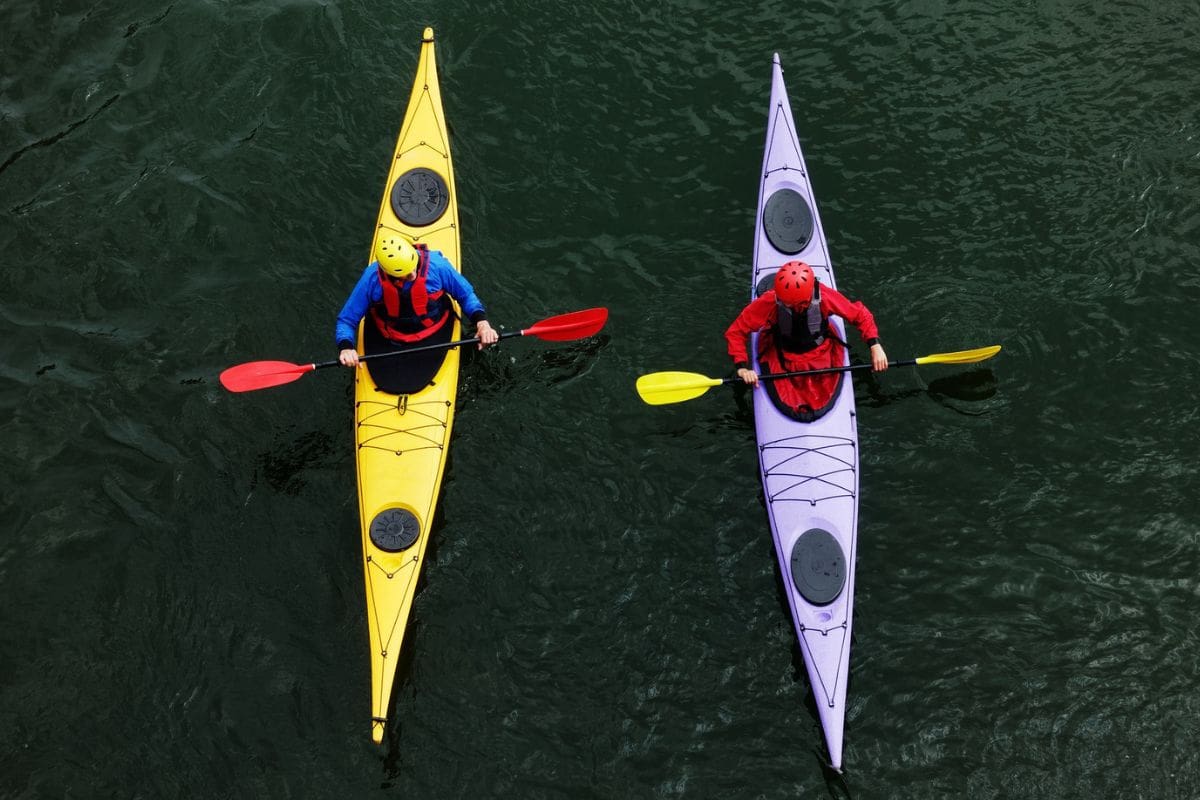
Traditional touring kayaks are just that. They’re designed for touring and use for casual trips and vacations. This is your average sit-in kayak.
If your goal is to relax, fish, and carry cargo, a touring kayak is a great choice. Most touring kayaks have thin hulls so that their users can navigate easily around obstacles and get through tight spaces.
Day-touring kayaks are probably the best match for you if you just want to move along the water slowly and enjoy your adventure. More serious touring kayaks are usually about 12 feet long, and they have a slightly smaller cockpit than other kayaks.
A variant of touring kayaks, called sea kayaks, have a specially-designed hull that allows them to maneuver over oncoming waves. A sea kayak is a great choice if you plan to use your boat in the bay and open water.
Sea kayaks can be difficult to master for beginners, however, because the V-shaped hull makes them less stable. Sea kayaks can often be rented in areas where kayaking in the ocean is popular.
Sit-in sea kayaks are more comfortable if you purchase a spray skirt. This ‘skirt’ covers the hole for the cockpit in order to help you stay dry and comfortable.
Recreational Kayaks
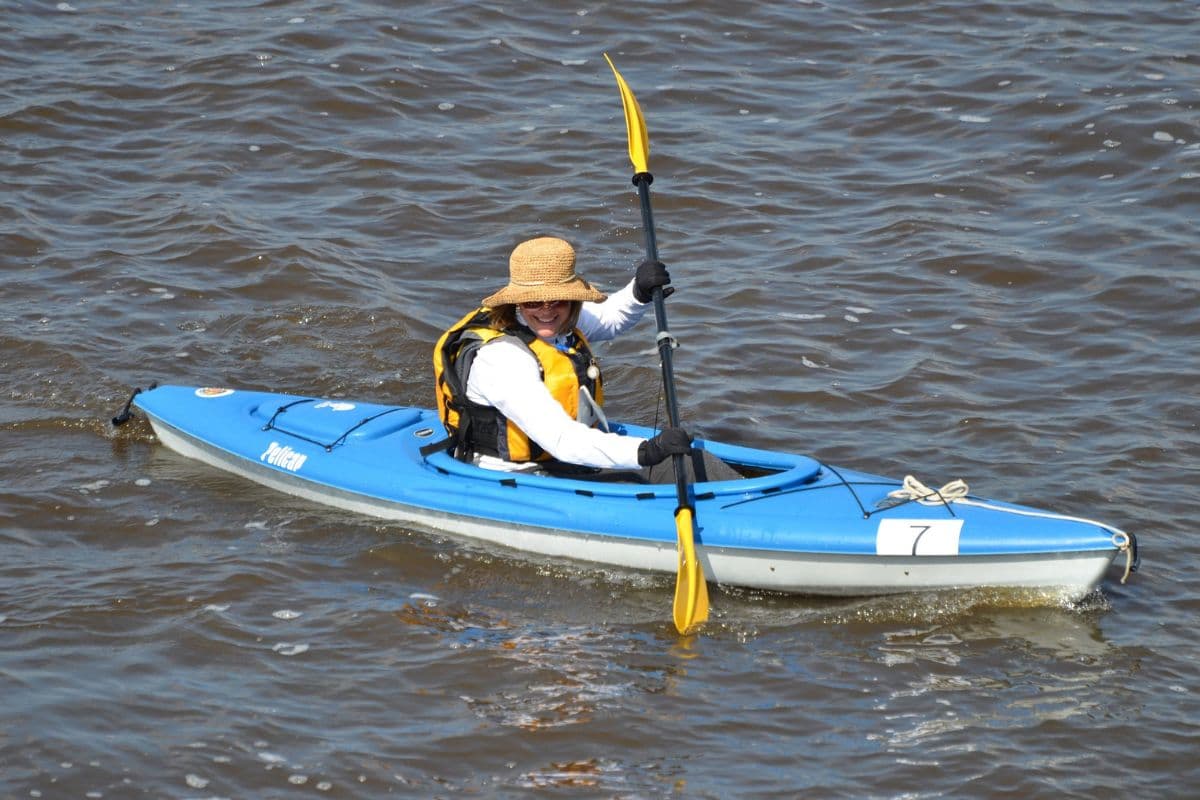
Used by recreational paddlers, recreational kayaks are a bit heavier than other kayaks, and they come with a large cockpit that allows for easier exit and entrance. These boats are your average sit-inside kayaks. You might prefer a recreational kayak if you plan to take children along and have them sit inside the cockpit.
Recreational sit-in kayaks also have ample cargo space in the cockpit, which may be preferable if you plan to use your kayak for longer trips for which you need to pack all of your gear.
Cost-wise, recreational kayaks are less expensive than your average day-touring kayak. These boats are also shorter – the longest recreational kayak you’ll probably see is 10 feet long.
Inflatable Kayaks
Not everyone appreciates inflatable kayaks because they remind some people of toys or play boats. These are blow-up devices that float on water.
Blow-up kayaks have some advantages over other kayaks. One advantage is that they can stay afloat, even if the user capsizes.
Another benefit of inflatable kayaks is that they’re more space-friendly. You can easily deflate and pack your kayak away when you’re not using it.
A disadvantage of blow-up kayaks is that they’re more susceptible to damage than hard-shell kayaks. You could pop your inflatable kayak the first time it comes in contact with something sharp, which could mean the end of your adventure.
A plus is that Inflatable kayaks are inexpensive, which is especially beneficial if you intend to buy more than one.
If you’re looking for a space-saving kayak, you might also want to consider a folding kayak. This type of kayak can provide the durability of a rigid kayak, combined with the added portability and storage ability of a blow-up kayak.
Sit-On-Top Kayaks
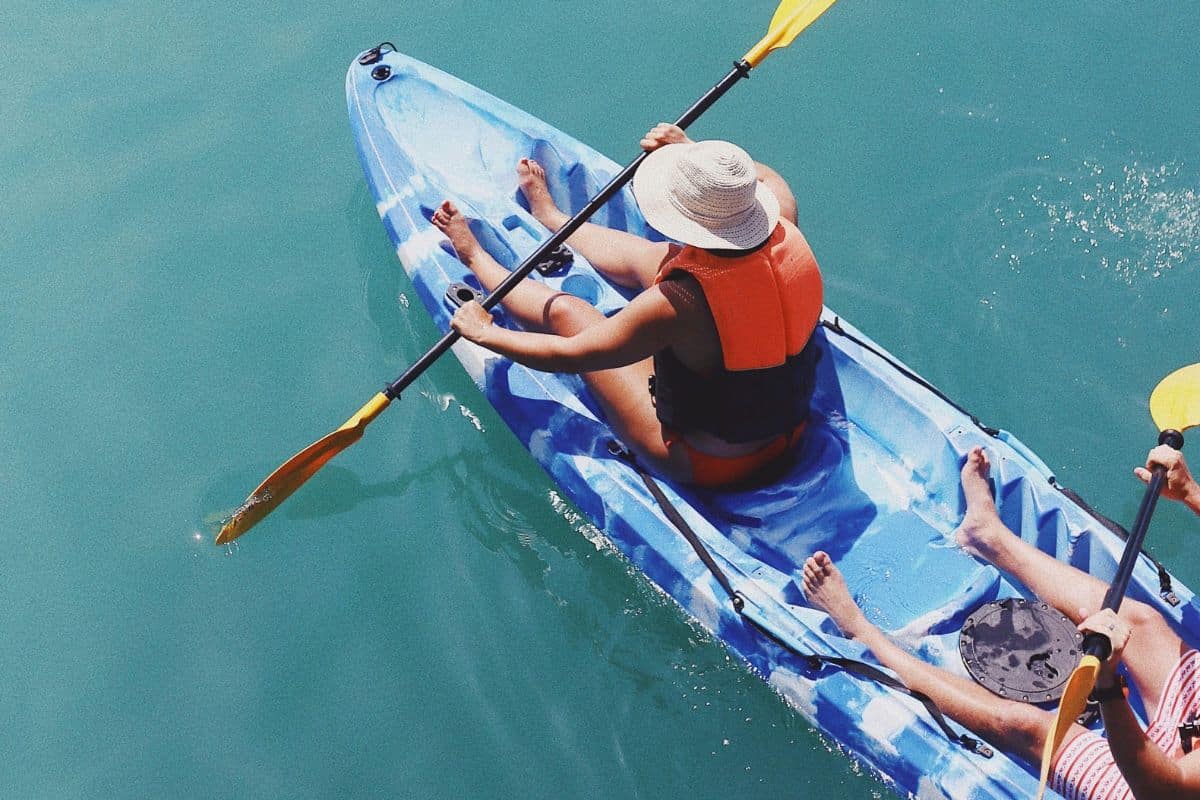
Sit-on-top kayaks got their name from the way the cockpit is designed. Unlike sit-in kayaks, these models have no closed cockpit area.
Instead, the operator sits on a depression on top of the unit. A sit-on-top kayak is very easy to get in and out of, making this type of kayak a popular choice for those who may struggle getting in and out of traditional sit-inside kayaks.
These types of kayaks do come with some disadvantages, though. For one, they have a wider beam that slows them down a little bit.
Also, the position of the operator can make these units fall over more easily while turning. Still, these are fantastic options if you want to take advantage of the open cockpit during the summer months.
Pedaling Kayaks
Pedaling kayaks are units that are driven mainly by pedals. These are an excellent option for people who have back problems or individuals who want to strengthen their leg muscles.
You might prefer pedaling kayaks if your main goal for kayaking is fitness.
A pedaling kayak can also be helpful if you’re healing from a back injury, as this type of kayak has a seat that can be outfitted with support, which reduces stress on your arms.
The downside of a pedaling kayak is that it’s one of the most expensive models. You might end up spending a hefty penny if you choose this option.
Types Of Whitewater Kayaks
Now let’s discuss some of the different types of kayaks from the whitewater category. These are best suited for those who are more experienced and more confident in the water.
Old-School Kayaks
“Old-school kayaks” got their name because they were designed longer ago than other types of kayaks. These were common and trendy in the 80s and 90s, and you can still find some of them around today. The main benefit of old-school kayaks is that they’re very strong, sturdy, and heavy.
A disadvantage of using old-school kayaks is that they can be very hard to maneuver. They might not be the best option if you’re a beginner.
However, one advantage of this type is that it’s great if you’re on a budget.
In most cases, you can pick up one of these models for just a couple hundred dollars.
Playboats
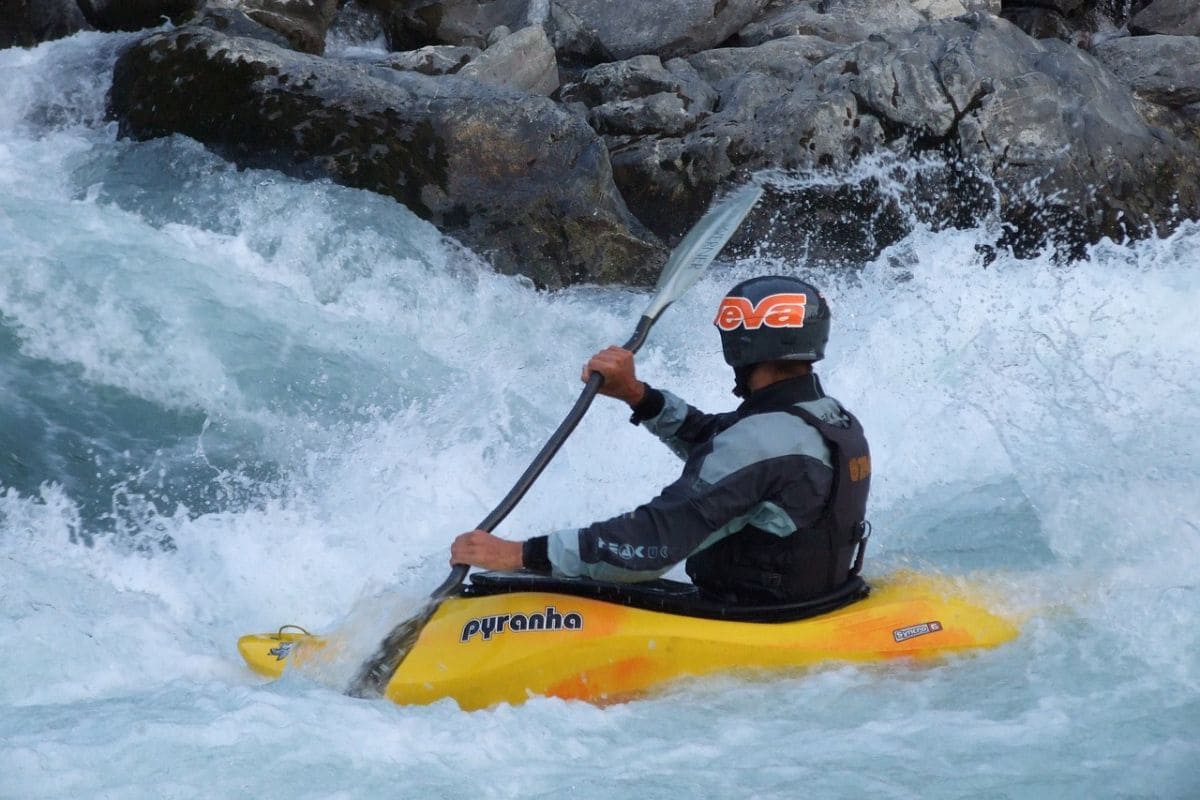
Playboats are cool little models you can have a lot of fun using. Hence, the name “playboats.”
These types of kayaks are only about eight feet long, and will typically have a wider planing hull to maximize maneuverability.
Playboats aren’t really designed to travel long distances. Rather, they’re made for having fun in areas that have lots of holes or waves.
Surf kayaks fall into the “playboat” category. These types of kayaks are designed for kayak surfing, which involves taking your boat out into the ocean surf and riding the waves.
Surf skis, which are another type of playboat, are sit-on-top kayaks that are also commonly used in the ocean. The sit-on-top design keeps the waves from filling the hull with water, and the boat’s length gives it unique speed and versatility.
Playboats might be a good choice for you if you’re an experienced kayaker who wants to do tricks or show off your skills.
Creek Boats
Creek boats fall on the smaller end of the kayak spectrum. These are usually very stable because they’re crafted with the highest-quality materials.
People who are looking for a good fishing kayak will likely enjoy using a creek boat.
Fishing kayaks often come equipped with rod holders and other features that add to the ease and comfort of your fishing experience.
In addition to using these kayaks for fishing, some people like to use creek boats to go out on the water and take pictures of wildlife.
These fishing kayaks are also known as creekers. They may not be the best option for beginners because of the way in which their hulls are designed.
Duckies And Inflatables
Duckies and inflatables are named as such because you can blow or pump air into them and take them out on the water.
Their design is wide, which makes them much more stable than other types of inflatable kayaks.
They’re also affordable, which makes them a great option for beginners.
A kayaking school is likely to rent you a duckie shortly after you complete a new course when you learn how to kayak.
These models have several benefits, but they also have a few downsides as well. One of the downsides to using an inflatable kayak is that they can be more difficult to turn.
River Runners
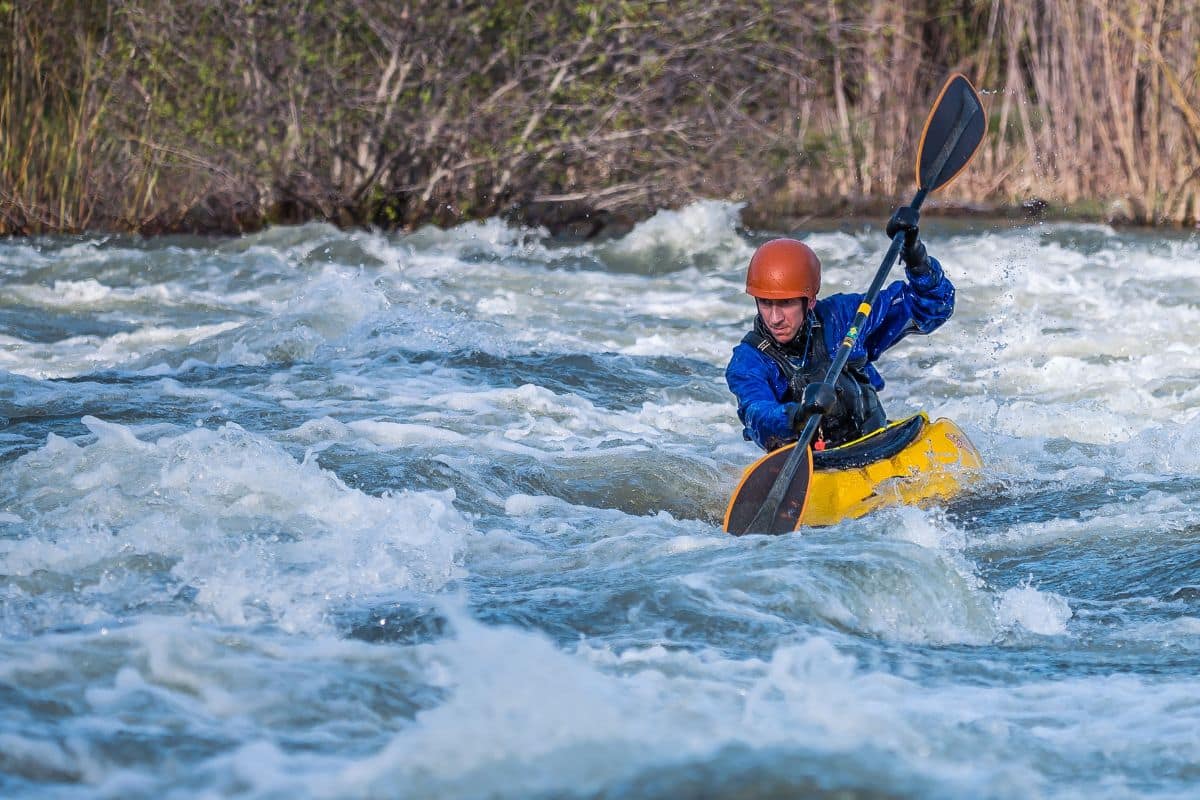
The river runners are the highest performers out of all the different types of kayaks.
They’re about eight feet long, and on the heavier side, which makes them adept at handling tougher river rapids and such. They’re specifically designed to get you down the river as quickly as possible.
You can expect high performance when you’re traveling down the river in one of these kayaks. You can even do some tricks in these models, but you’ll only have limited ability.
River runners are your best option for use on lakes and rivers. Some say that river runners are a cross between creek boats and playboats, but they also have their own unique flavor that you might enjoy.
The price range of a river runner varies from as little as $400 to over $1,000. The fee you pay will mostly depend on the features you choose and the design that tickles your fancy the most.
Other Types Of Kayaks
There are also several other types of kayaks from which to choose for your adventures, such as sail kayaks, diving kayaks, racing kayaks, and more. These are specialized kayaks that are popular with some serious kayakers.
If you’re struggling to narrow down which type of kayaking you want to do, consider getting a crossover kayak, which is designed for use on different types of water.
Crossover kayaks combine the elements of a touring kayak along with recreational kayaks and whitewater kayaks. They are a great option for those who plan to explore many different areas and want to try different types of kayaking.
An increasingly popular model that we haven’t discussed in detail yet is the SUP/kayak hybrid. These vessels are a combination of a stand-up paddleboard and a sit-on-top kayak, and have grown in popularity recently as the “SUP” community continues to grow.
How Is A Kayak Different From A Canoe?
Quite a few differences exist between kayaks and canoes. The main difference between these two boats is the paddles: canoes only use single-bladed paddles, while kayaks use double-bladed paddles.
These two boats are also structurally different. Kayaks have closed decks, and canoes have open decks and pointier ends.
Both types of boats are lightweight and loads of fun to operate. If you’re looking for the fastest option, a kayak is the better choice, while canoes might be slightly more ergonomically useful and better for navigating.
Which Kayaks Are Best For Rapids?
If you plan to hit the rapids, you’ll need to select a whitewater kayak.
It’s best to go with one of the river runner whitewater kayaks, preferably one with a long body, as this can give you more stability in turbulent waters.
A longboat or old-school kayak may be good for your journey as well. They typically have long bodies that can take a beating and handle rough waters, if there’s enough flat water between the rapids.
Many whitewater kayakers also appreciate the fact that old-school kayaks tend to be more affordable, which may be another reason to consider this type.
What’s The Best Complete Beginner Kayak?
The best type of kayak for a complete beginner is something that’s on the shorter end of the spectrum and is very stable. You may want to choose a model that’s a little bit heavier than the others.
Be sure not to opt for a kayak that’s too hard to maneuver, while keeping in mind that it shouldn’t be so frail that it will easily tip over if you aren’t careful.
If you’re a beginner, you may also want to consider purchasing a tandem kayak, so two people can fit in it. That way, you and your mentor or instructor can get into the kayak with you and offer assistance if needed.
You can switch to a different kind of kayak once you feel comfortable enough to take the journey on your own, but you may find you enjoy the company that tandem kayaks offer. They are also a great option if you plan to make kayaking a family activity.
How Can I Find An Affordable Kayak?
A kayak can be an affordable purchase using a variety of methods, for example looking for a used model in the classified ads and online auctions.
You can also search for an old-school kayak, which are heavier and sturdier than many other models. The best thing about old-school kayaks is that they are highly affordable.
New kayaks can be costly. If you’re new to kayaking, it’s better not to buy one that’s too expensive so you can see if you enjoy the experience.
Before you buy, you may even consider renting your first kayak. Many recreation shops near lakes and rivers have touring kayaks and recreational kayaks that you can rent while you decide if you enjoy the sport.
How Many People Can Fit In A Kayak?
The number of people that can fit in your kayak really depends on the type you buy. Of course, you can always invest in solo kayaks that are made for one person.
However, some models can hold up to four people with one person in the cockpit. If you’re planning on family kayak trips, this might be the type of kayak you prefer.
Keep in mind that a kayak that holds several people is likely to be the most expensive option.
Choose Your Kayak Wisely
Now that you’ve gained more insight into the various types of kayaks, you are ready to make an informed decision and choose a kayak for your outdoor adventures!
Table of Contents

